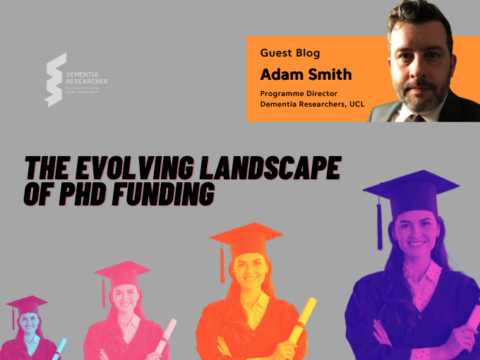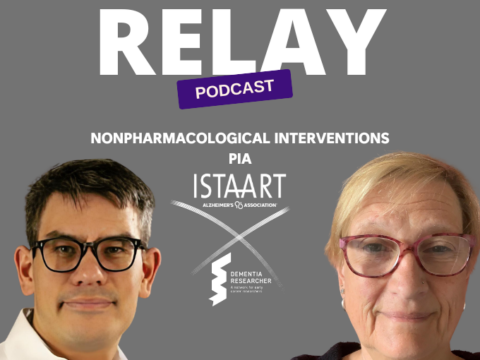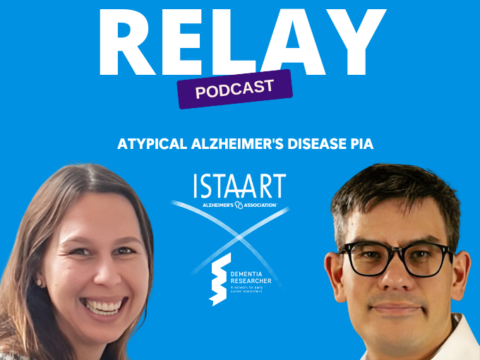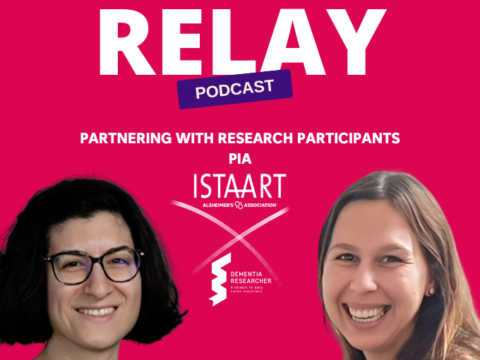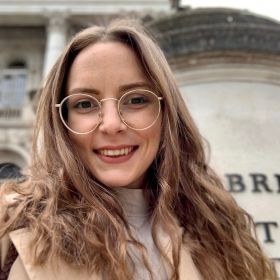
Marija Taneska
Name:
Marija Taneska
Job Title:
Research Evidence Officer / Student Representative at the ISTAART Nonpharmacological Interventions PIA
Place of work / study:
Area of Research:
My role as a Research Evidence Officer is to support the work of the organisation by ensuring it’s evidence based. I review and synthesize dementia evidence from different sources to inform different projects and processes. My team supports the three Centers of Excellence funded by the Alzheimer’s Society: IDEAL, PriDem and NIDUS. We collaborate with researchers in dementia care to ensure mutual exchange and support. I am also currently a Visiting Research Assistant at UCL as I co-lead a small project aimed to adapt the START (STrategies for RelaTives) intervention for family caregivers in Macedonia in collaboration with Dr. Penny Rapaport and Prof Gill Livingston at UCL and the Institute for Alzheimer’s Disease and Neuroscience in Macedonia.
How is your research funded:
My latter project is funded by the UCL Global Engagement Fund.
Tell us a little about yourself:
I was born and spent most of my life in Macedonia, but I live in the UK continuously since 2021. I have a Bachelor’s Degree in Psychology and I just finished my MSc in Dementia at UCL. I still have ties with my home country and volunteer in projects with the National Dementia Organisation with hopes to improve dementia care and support for people affected by dementia there. In the past 4 years, I have been leading the adaptation of the START intervention for caregivers in Macedonia which is now finally piloted on a small group of caregivers after a process of translation and adaptation. My hobbies include yoga (specifically the type where I fall down on my nose), weightlifting, jigsaw puzzles, long walks in nature, reading and I recently started embroidering.
Tell us a fun fact about yourself:
I was born in Ohrid-the home of one of the oldest lake in Europe and one of the oldest lakes in the world.
Why did you choose to work in dementia research?
I chose to work in the field after working as an activity coordinator in a care home in 2019. The impact of meaningful activity, social contact and inclusion on people living with dementia and the happiness in their family member’s eyes when they witnessed this motivated me d to continue to work in the area. This is why my interest is mainly in nonpharmacological interventions for people affected by dementia, especially in low and middle income countries, inspired by the unfavorable conditions in my home country. My work ‘in-between’ two countries allows me to exchange experiences and transfer skills and insights, but also sparked my interest in culturally sensitive dementia care which is currently a relevant topic in the UK. I would like to continue my work and future research in this area.
What single piece of advice would you give to an early career researcher?
I wouldn’t consider myself an early career researcher as I don’t have a PhD, but my advice to anyone entering academia or working with academic research is to always be guided by their ‘why’: what brought them there, what is their purpose, who are they doing it for and what difference they want to make. It’s easy to get tangled in the challenges, bureaucracy and practicalities and forget this.
What book are you reading right now? Would you recommend it?
I am reading Women Who Run With the Wolves by Clarissa Pinkola Estés and would definitely recommend it.

 Print This Post
Print This Post